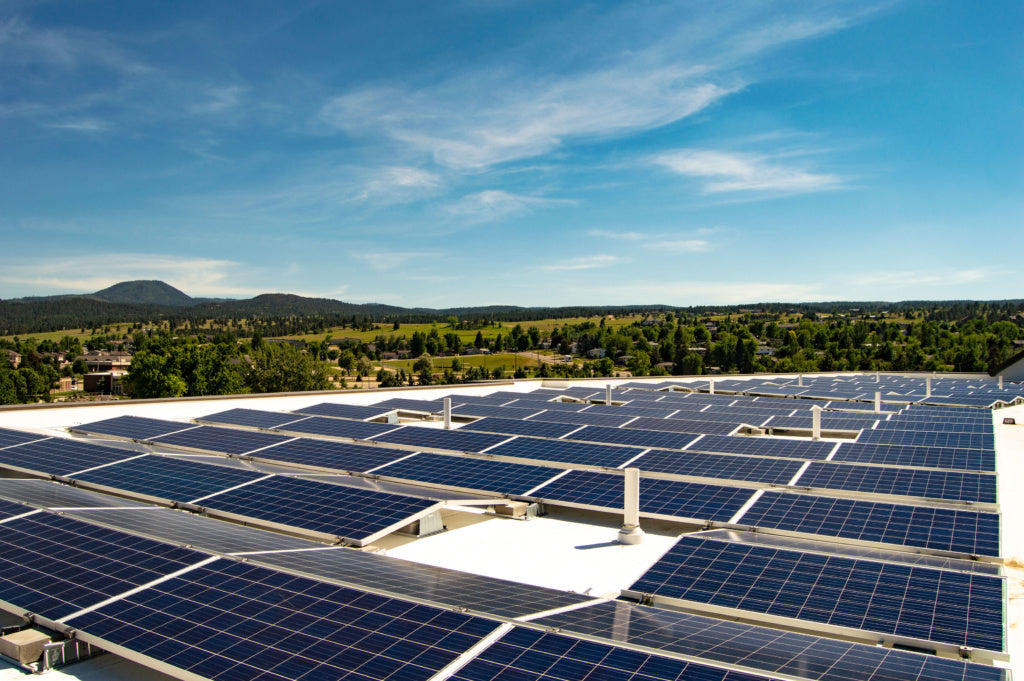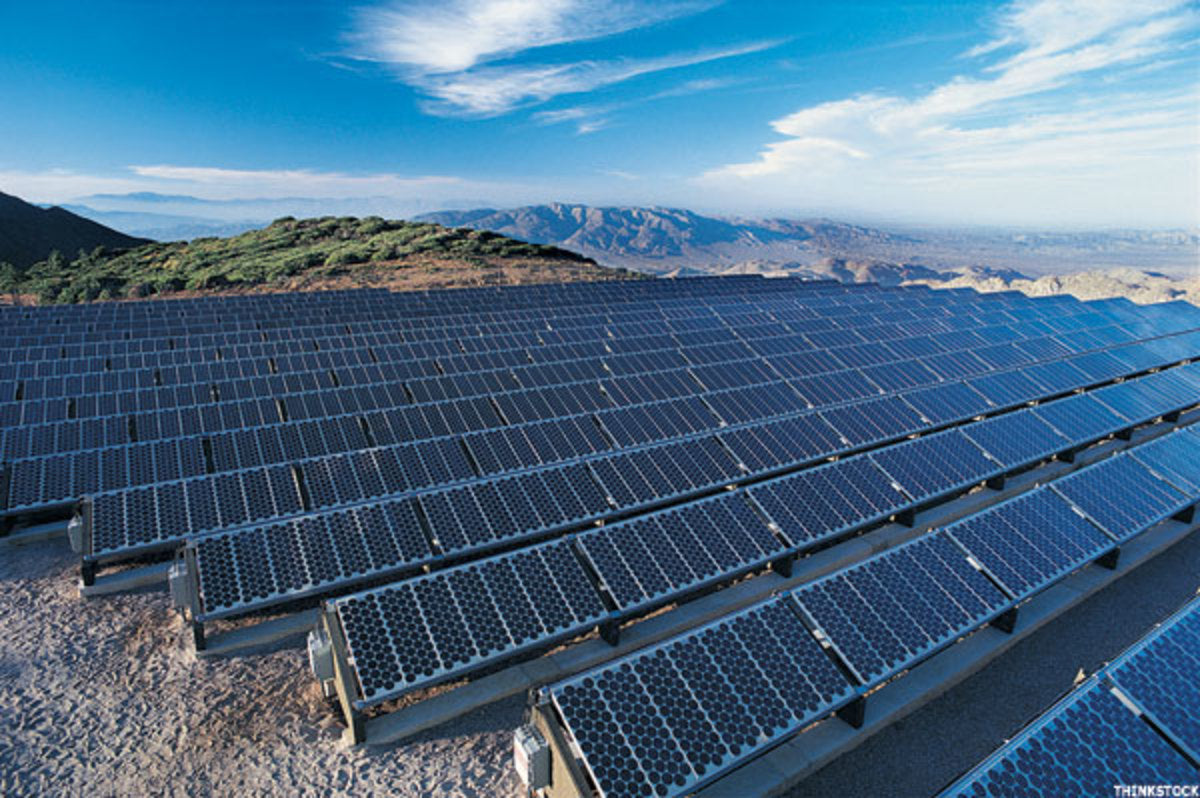Distributed photovoltaic power stations are generally built on the roof, plant roof, vegetable greenhouse and other places to make full use of space; Centralized photovoltaic power stations are built in areas such as desert and Gobi to make full use of abandoned land resources. So what are the similarities and differences between distributed photovoltaic power plants and centralized photovoltaic power plants?
The same points of distributed photovoltaic power station and centralized photovoltaic power station:
- The principle is the same. Solar energy is converted into electric energy, and then the generated electricity is connected to the grid for production and living.
- The components are the same. Generally, monocrystalline silicon panels or solar thin films are used.
- The primary equipment used is basically the same, including inverter, transformer, combiner box and other equipment. The function of inverter is to convert the generated DC into AC; The function of transformer is to boost the AC converted by inverter; The function of combiner box is to collect the DC of solar panels and transmit them to the inverter.
Differences between distributed photovoltaic power station and centralized photovoltaic power station:
- Different installation positions: distributed photovoltaic is mainly installed on the roof of the agricultural greenhouse, mainly in North and South China where people live. Centralized PV is mainly installed in Gobi and desert. Generally, the installation area is remote and desolate, and the land is relatively cheap. Ningxia, Gansu, Xinjiang, Qinghai and other regions in the northwest are in the majority.
- Different grid connection voltage levels: for distributed photovoltaic, generally 380V voltage is used for grid connection. Generally, low-voltage release is used for grid connection, and the number of distributed parallel nodes depends on the actual situation, one or more. The grid connection voltage of centralized photovoltaic power station is generally 35kV or 110kV. If the power station is 30 MW or less, the main transformer will not be set generally, and this multi 35kV grid connection. For power stations above 30 MW, the main transformer is generally installed and connected to the grid after the main transformer rises to 110kV voltage level.
- Compared with the secondary grid connected power station, 380V PV equipment is less used in the primary grid connected power station. The inverter is generally the wall mounted inverter, which is relatively simple to install and small in size. Transformers are also small ones. The common used are power quality monitoring, anti islanding protection device, fault disconnection, etc. According to the requirements of different regions, the requirements of equipment and technical parameters are also different. However, at present, it is a device that must be used for each distributed photovoltaic.
Centralized photovoltaic power stations generally have their own substations because of their high voltage level. The inverter is generally located in the substation room and has a large size. The step-up function is completed by box transformer, which is generally increased to 35kV. There are many equipment in the booster station. The primary equipment includes station transformer, switchgear, various mutual inductors, arc suppression coil, main transformer, etc. The secondary equipment includes microcomputer protection, watt hour meter, dispatching data screen, etc. Relatively complex, the dispatching directly implements centralized management of the power station. At the same time, the station also needs and power control system, which is much more complex than distributed photovoltaic.
- Different transmission distances: distributed photovoltaic generally refers to the local grid connection of the power generated, and the loss of the line is very low or not. Supplement local electricity for local and nearby power users. The electricity generated by the centralized photovoltaic power station is connected to the grid through high voltage, which will be transmitted layer by layer. When the voltage level is higher, the high-voltage electricity will be transmitted to East China and other regions, so as to realize the west to East power transmission.
To sum up, there are many similarities and differences between distributed photovoltaic power stations and centralized photovoltaic power stations. However, at present, the grid connection of centralized photovoltaic power stations is a little difficult and requires relatively high requirements. The prospect of distributed photovoltaic power stations is relatively good, and the amount of investment for power stations of the same size is also similar. Moreover, the location of distributed photovoltaic installation is a zone with more personnel, and the maintenance is also more convenient.
Welcome to continue to pay attention to SOLARPARTS. We will provide you with free consulting services. At the same time, we guarantee that our products and services will never disappoint you! Click the link below for more information.



